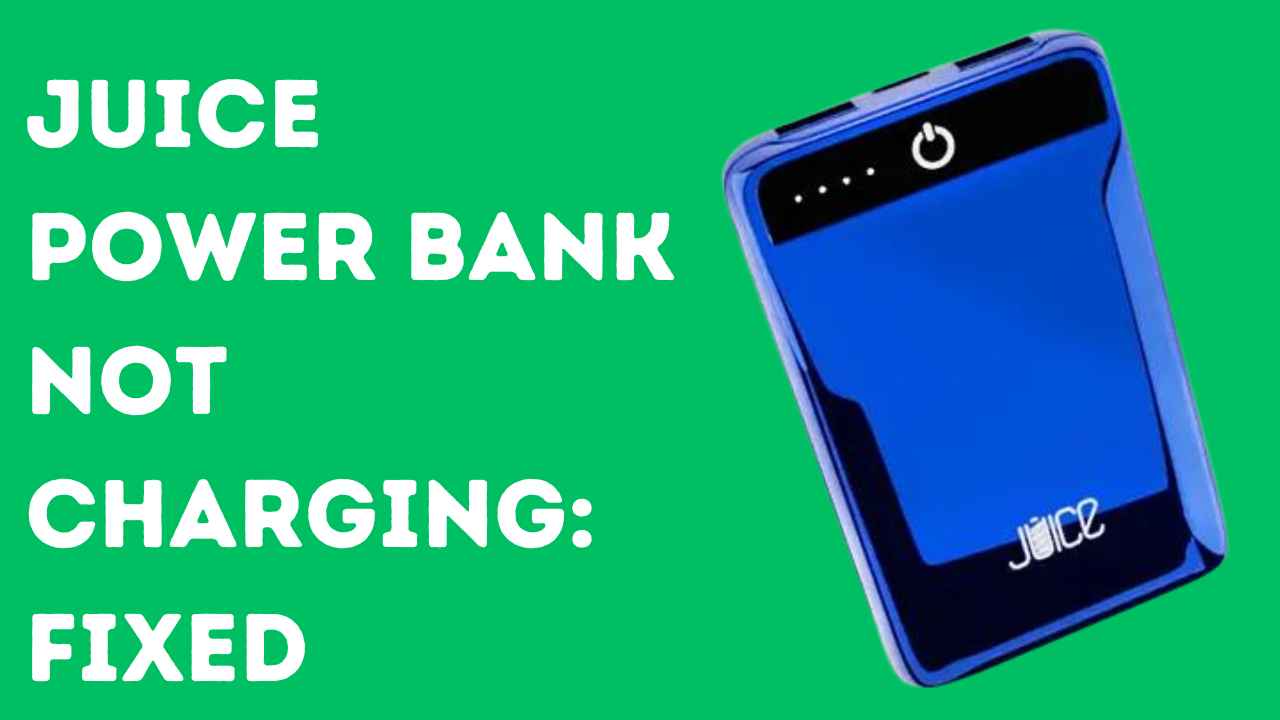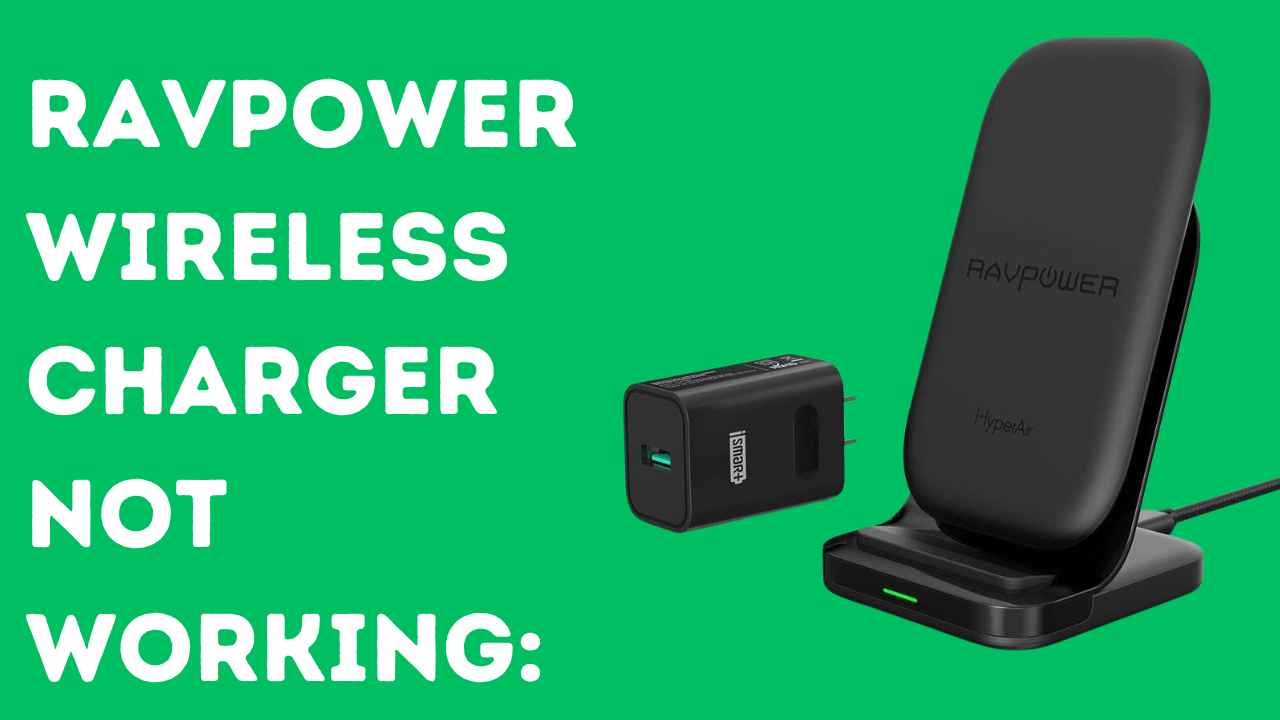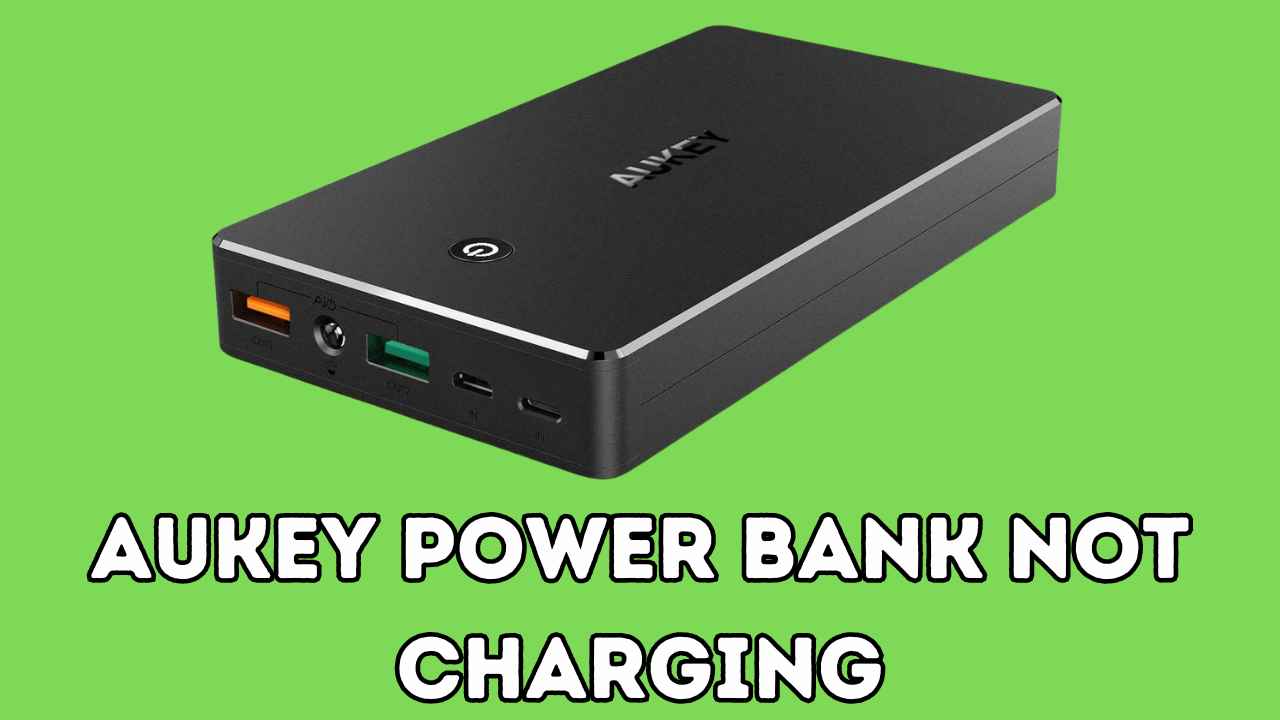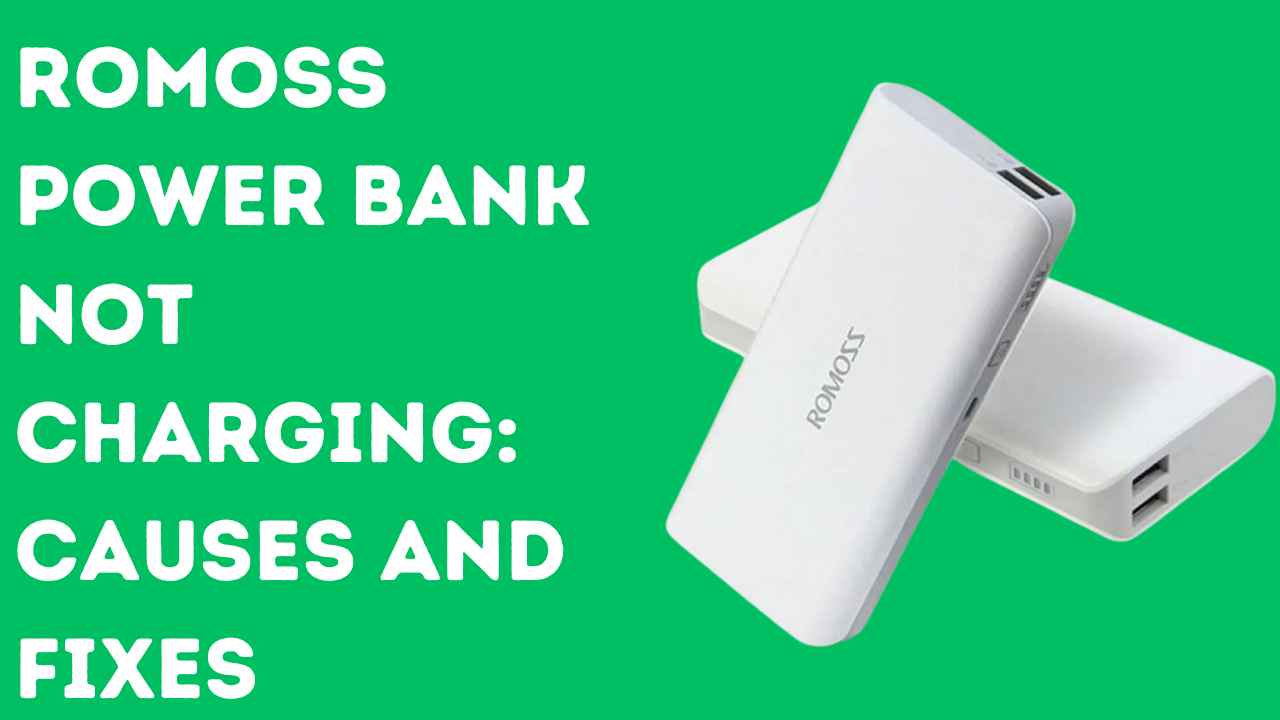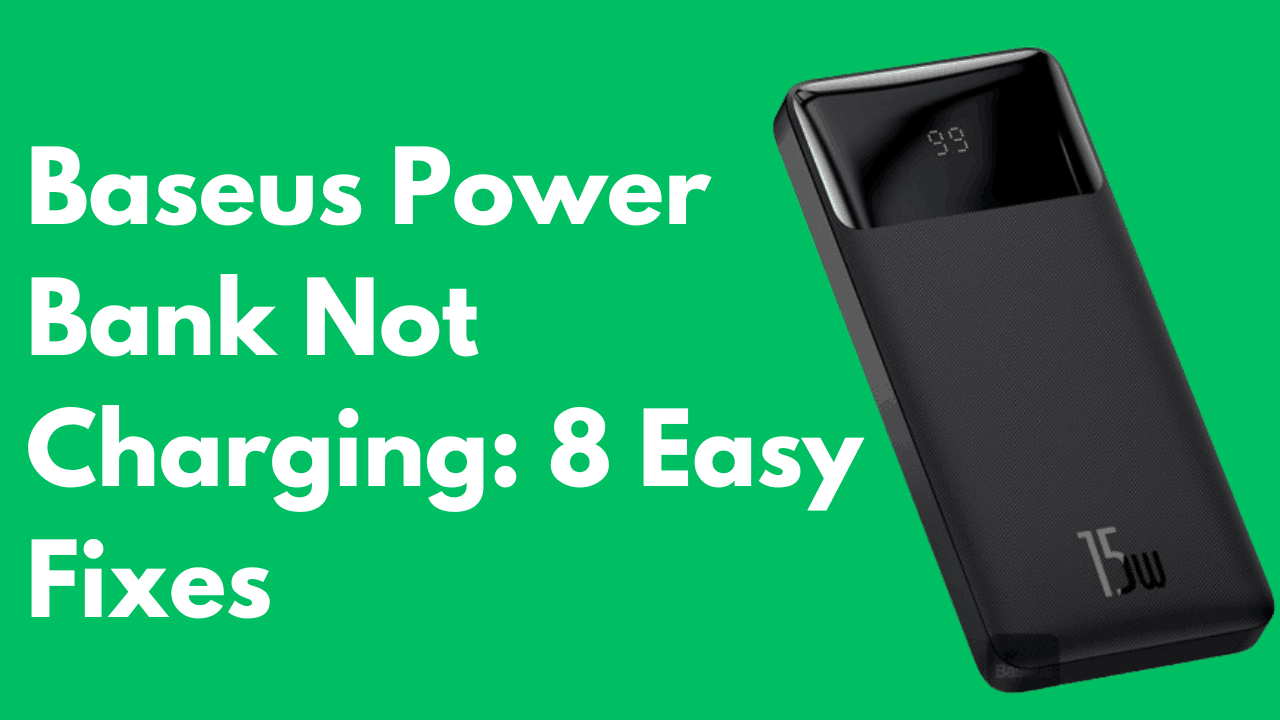A juice power bank is a portable device used to charge your electronic devices, such as smartphones, tablets, and laptops. It’s convenient and easy to use, making it an essential item for many people.
However, like any other electronic device, it may encounter issues over time. One common problem with a juice power bank is when it stops charging.
This can be frustrating, especially when you need to charge your devices on the go. In this guide, we will discuss the possible reasons why your juice power bank is not charging and provide 7 possible fixes to get it working again.
First Thing First
Before we dive into fixing your Juice Power Bank, let’s keep it simple with three essential things to know:
If you’ve recently purchased your Juice Power Bank and it’s already causing charging issues, it’s wise to ask for a refund. Save your time and money.
There are other power banks, like “Mophie Snap” and “OtterBox 77-89452” that offer better performance at the same price.
Normally, Juice Power Banks work perfectly for about 1.5 to 3.5 years. If yours has been your reliable buddy for that long, you’ve got your money’s worth.
Trying to fix it now might only give you a short-term solution—maybe 1 or 2 more months. If you depend on it for travel, fixing it and trusting it might not be the best idea.
If you’ve had your Cygnett Power Bank for less than 1.5-3.5 years, you can try our simple fixes. Let’s get into that below.
Juice Power Bank Not Charging
Check Connections:
To troubleshoot a Juice Power Bank that isn’t charging, start by examining the cable and USB charging socket.
Ensure the cable is securely inserted into both the charging port and the power connector on the power bank.
If the connections appear secure and the power bank still isn’t charging, try using a different power cable.
Low-quality cables may impede charging rates and lack support for the power bank’s fast charging technology.
If charging issues persist, opt for charging via a wall socket instead of a computer or laptop USB port. These ports typically offer lower output currents, around 0.5 A, which may not meet the power bank’s charging requirements.
Clean Ports:
To address charging issues with your Juice Power Bank, consider cleaning its charging port as a potential solution. Sometimes, dust or debris can accumulate in the port, hindering proper cable connection.
To clean the port, use a small brush or toothpick to gently remove any debris. Alternatively, you can use compressed air from a can to blow out dust or debris lodged inside the port.
Once the port is cleaned, attempt charging your power bank again to check if the issue is resolved. If the problem persists, it could indicate a more severe issue like a damaged charging port or a faulty battery. In such cases, contacting Juice customer support for further assistance may be necessary.
Reset the Power Bank:
If your Juice Power Bank encounters charging issues possibly stemming from a software glitch, performing a reset may resolve the problem. Follow these steps to reset the device:
- Disconnect the power bank from all power sources and connected devices.
- Press and hold the power button for at least 15 seconds to power it off completely.
- Allow approximately 30 seconds to pass.
- Press and hold the power button again for a few seconds to power it back on.
Also Read: Anker Power Bank Not Charging
Check for bugs in the program
If your Juice Power Bank isn’t charging properly and consistently displays 96% even after being connected for more than 12 hours, there may be a glitch in its programming.
This glitch could lead to the power bank showing an inaccurate battery percentage, although it might still be fully charged and capable of effectively charging devices.
While this situation can be frustrating, it’s essential to acknowledge that the power bank might still be functioning correctly despite the misleading indicator.
If you encounter this issue, reaching out to Juice’s support team for assistance, such as requesting a return or replacement, could be a viable solution. Their expertise may help resolve the problem or provide alternative options to ensure your satisfaction with the product.
Check the charging device:
To troubleshoot issues with your Juice Power Bank not charging your devices, it’s crucial to verify the specifications of the charging device.
Ensure that it meets or exceeds a power output of 3 watts (3W). If the charging device falls below this threshold, the power bank may initiate an automatic shutdown within 60 seconds of connection.
This safety feature is designed to prevent potential damage to the power bank and ensure efficient charging. Therefore, it’s recommended to use a charging device with an output of at least 3W to maintain uninterrupted charging sessions with your power bank.
Disassemble the power bank
Disassembling your Juice Power Bank to address charging issues is generally not recommended, as it may void the warranty and could potentially cause further damage to the device.
However, if your power bank is already out of warranty and you’ve exhausted all other troubleshooting steps, disassembly might be considered as a last resort.
Keep in mind that this process requires technical knowledge and skills, including soldering and electrical repair, and is not suitable for those without experience in electronics repair.
If you choose to proceed with disassembly, do so with extreme caution. Carefully dismantle the device and inspect its components for any signs of damage or corrosion.
Clean or replace any damaged parts as needed. It’s essential to follow precise steps and handle the components delicately to avoid causing additional harm to the power bank.
If you’re determined to proceed with disassembly, you can find instructional videos online that demonstrate the process. However, proceed with caution and be aware of the risks involved.
If you’re unsure or uncomfortable with the process, it’s advisable to seek professional assistance or consider replacing the power bank altogether. Remember, prioritizing your safety and the device’s integrity is paramount.
Check for Battery Damage:
If your Juice Power Bank is not charging, one troubleshooting step is to inspect for potential battery damage.
Instability in the USB socket or difficulty inserting cables may suggest damage to your power bank.
Furthermore, if the power bank’s LED lights fail to illuminate when connected to a power source, it indicates an internal failure, possibly related to the battery.
To assess battery damage, attempt charging your power bank through a wall socket instead of a laptop USB port.
If the power bank still fails to charge, it’s likely that the battery has encountered internal issues and may require replacement or repair.
For a more comprehensive examination, you can test the power bank’s battery using a battery capacity tester. This device accurately measures battery capacity. Follow these steps to determine battery health:
- Fully discharge your power bank.
- Connect a USB voltage current meter to the USB power source.
- Begin charging the empty power bank and start the timer. Note the Amp reading immediately.
- Record the last Amp reading just before full charge, as there will be no current flow when the power bank is full.
- Calculate the mAh based on the Amp readings and charging duration. If the calculated mAh significantly deviates from the power bank’s rated capacity, it may indicate battery damage or degradation. Additionally, if the power bank struggles to charge or maintain a charge, it may also suggest battery issues.
If your power bank is still under warranty, contact the manufacturer for assistance with repair or replacement.
Conclusion:
If your Juice Power Bank is not charging, don’t panic. Follow the troubleshooting steps outlined above to identify and rectify the issue.
Remember, if all else fails, seeking professional assistance ensures a safe and accurate diagnosis of the problem.
By adopting preventative measures, you can prolong the life of your power bank and keep it running smoothly for years to come.
